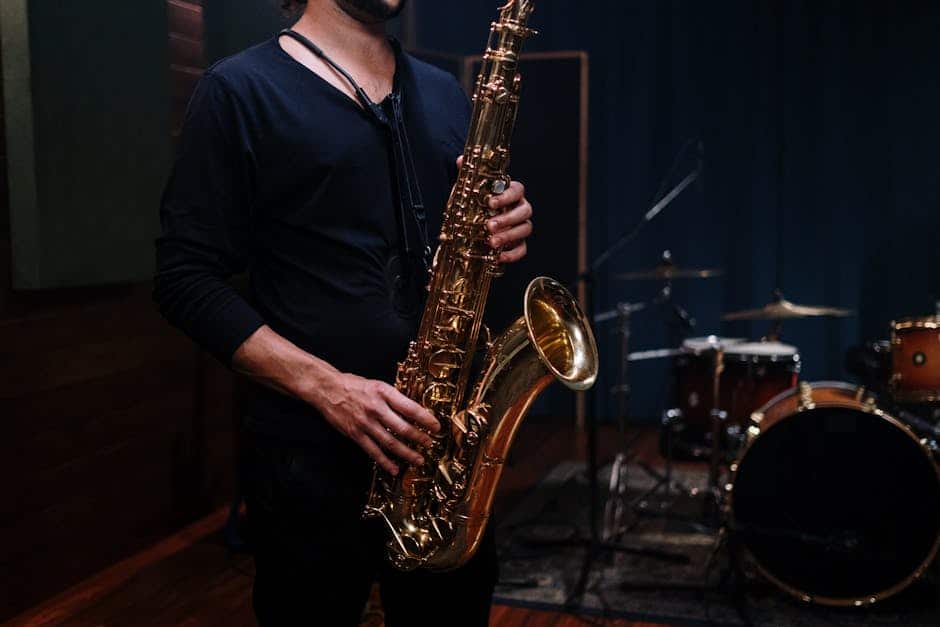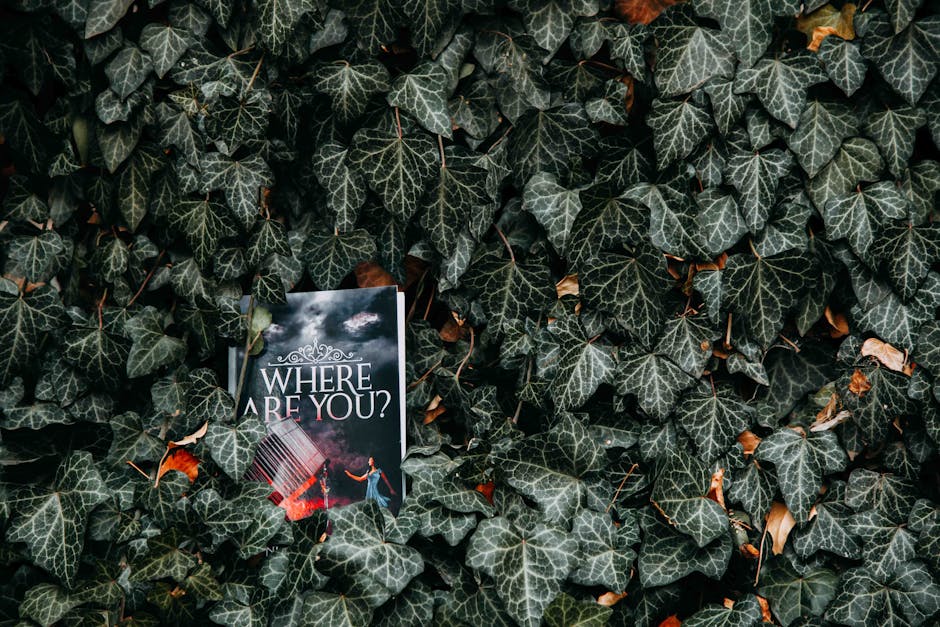Chicago’s Music Scene: From Blues to Jazz
Chicago is a city with a rich musical heritage, known globally as a hub for both blues and jazz. From the bustling streets of the South Side to the vibrant nightlife of downtown, Chicago’s music scene is alive and thriving. In this blog post, we will take you on a journey through the evolution of Chicago’s music scene, focusing on its significant contributions to the blues and jazz genres.
The Origins of Chicago Blues
The roots of Chicago blues can be traced back to the Great Migration, when African Americans moved from the rural South to the urban North in search of better opportunities. Between 1916 and 1970, over six million African Americans relocated, bringing with them their cultural traditions, including music.
Chicago became a melting pot for this musical heritage, and the blues evolved in the city’s busy neighborhoods. This evolution was marked by the use of electric guitars, harmonicas, and a more urban sound, which differentiated Chicago blues from its Delta blues origins.
Muddy Waters and the Rise of Electric Blues
One of the most influential figures in Chicago blues is Muddy Waters. Born McKinley Morganfield in Mississippi, Muddy Waters moved to Chicago in 1943. His unique style combined traditional Delta blues with electric instruments, creating a sound that would define Chicago blues.
Muddy Waters’ hits like “Hoochie Coochie Man” and “Mannish Boy” became anthems of the genre, and his influence can still be heard in the music of contemporary blues artists.
Chicago Jazz: The Birth of an Iconic Genre
While Chicago blues was taking shape, the city was also becoming a cradle for jazz. The migration of African Americans to Chicago brought jazz musicians to the city’s South Side, where they performed in clubs and dance halls.
Chicago jazz is characterized by its fast tempos, energetic style, and the use of collective improvisation. This style emerged in the early 20th century and quickly gained popularity, influencing the development of jazz nationwide.
Louis Armstrong and the Chicago Jazz Scene
Louis Armstrong, one of the most celebrated jazz musicians of all time, played a crucial role in the development of Chicago jazz. Armstrong moved to Chicago in the early 1920s, where he joined “King Oliver’s Creole Jazz Band.” His innovative trumpet playing and charismatic stage presence captivated audiences and inspired countless musicians.
Armstrong’s recordings with the “Hot Five” and “Hot Seven” bands are considered some of the most important in jazz history. His influence extended beyond Chicago, helping to shape the future of jazz worldwide.
Chicago’s Music Venues: Where History Was Made
Chicago’s rich musical heritage is reflected in its iconic music venues. From historic clubs to modern concert halls, these venues have hosted legendary performances and continue to be hotspots for live music.
The Green Mill: A Jazz Institution
The Green Mill Cocktail Lounge is one of Chicago’s most famous jazz clubs. Established in 1907, it has a storied history and was a favorite haunt of notorious gangster Al Capone during the Prohibition era. Today, the Green Mill remains a premier destination for jazz enthusiasts, offering live music seven nights a week.
Visitors can enjoy performances by local and international jazz artists in an intimate setting that retains the charm and ambiance of its early days.
B.L.U.E.S.: A Chicago Blues Club
B.L.U.E.S. is a renowned blues club located on Chicago’s North Side. Since its opening in 1979, B.L.U.E.S. has been a cornerstone of the Chicago blues scene, hosting performances by both legendary and emerging artists. The club’s intimate atmosphere and dedication to authentic blues make it a must-visit for any blues aficionado.
Some of the notable artists who have graced the B.L.U.E.S. stage include Magic Slim, Eddie Shaw, and Billy Branch.
Chicago’s Music Festivals: Celebrating Blues and Jazz
Chicago’s commitment to its musical heritage is evident in its vibrant festival scene. The city hosts several annual music festivals that celebrate blues and jazz, attracting thousands of visitors from around the world.
Chicago Blues Festival
The Chicago Blues Festival is the largest free blues festival in the world, drawing blues fans from far and wide. Held annually in June, the festival features performances by blues legends and up-and-coming artists. The event takes place in Millennium Park, offering a picturesque backdrop for the soulful sounds of the blues.
Past performers have included Buddy Guy, Koko Taylor, and B.B. King, solidifying the festival’s reputation as a premier blues event.
Chicago Jazz Festival
The Chicago Jazz Festival, held every Labor Day weekend, is a celebration of the city’s rich jazz heritage. The festival takes place in Millennium Park and the Chicago Cultural Center, featuring performances by jazz legends and contemporary artists.
With a diverse lineup that spans traditional jazz, bebop, and avant-garde, the Chicago Jazz Festival offers something for every jazz enthusiast. Past performers have included Miles Davis, Herbie Hancock, and Ornette Coleman.
Supporting Local Musicians: Tips for Visitors
For those visiting Chicago, there are several ways to support the local music scene and experience the city’s rich musical heritage firsthand.
Attend Live Performances
One of the best ways to support local musicians is to attend live performances. Chicago boasts a plethora of music venues, from intimate clubs to large concert halls. Check out local listings and make a point to see live blues and jazz performances during your visit.
Whether you’re catching a show at the legendary Green Mill or discovering new talent at a smaller venue, you’ll be contributing to the vibrancy of Chicago’s music scene.
Explore Local Record Stores
Chicago is home to several independent record stores that specialize in blues and jazz. These stores offer a treasure trove of vinyl records, CDs, and memorabilia for music enthusiasts. Visiting local record stores is a great way to discover new artists, support independent businesses, and take a piece of Chicago’s musical heritage home with you.
Some notable record stores include Reckless Records, Dusty Groove, and Jazz Record Mart.
Take a Music History Tour
For a deeper understanding of Chicago’s musical heritage, consider taking a music history tour. These guided tours offer insights into the city’s blues and jazz history, visiting iconic venues, historic neighborhoods, and landmarks associated with legendary musicians.
Several companies offer music-themed tours, including Chicago Music Tours and Chicago Detours. These tours provide a unique and educational way to explore the city’s rich musical legacy.
Conclusion
Chicago’s music scene is a vibrant tapestry woven from the rich traditions of blues and jazz. From the pioneering sounds of Muddy Waters and Louis Armstrong to the contemporary performances in iconic venues, the city’s musical heritage is alive and thriving. By exploring Chicago’s blues and jazz scenes, attending live performances, and supporting local musicians, visitors can experience the heart and soul of this extraordinary city.
So, whether you’re a lifelong blues enthusiast, a jazz aficionado, or simply a music lover, Chicago offers a wealth of experiences that will leave you inspired and connected to its storied musical past.


